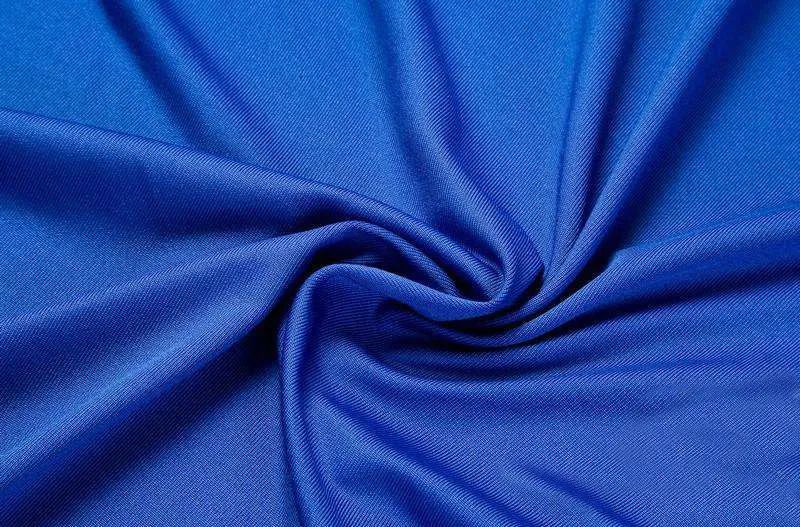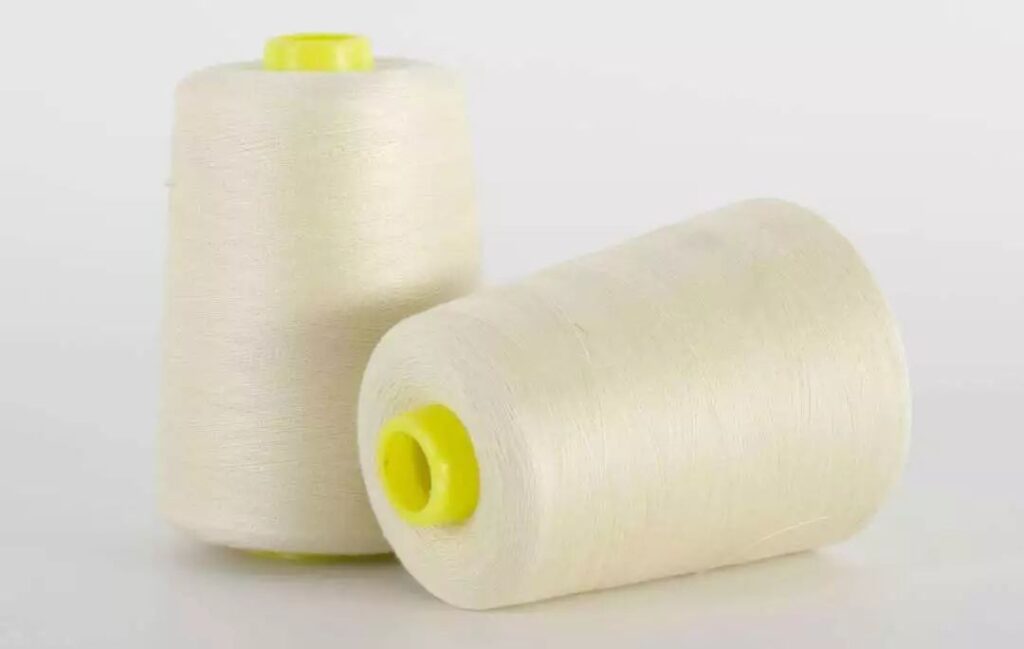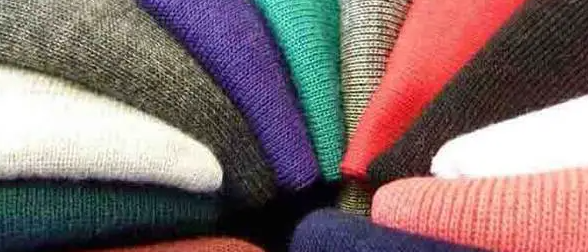The Difference Between Recycled Pet Fabric And Ordinary Polyester Fabric
Published On: April 15, 2024 By: ray herb

What is the difference between recycled PET fabric and regular polyester fabric?
The key difference between RPET fabric and regular polyester fabric lies in its yarn source:
Recycled PET Fabric
RPET fabric, also referred to as recycled PET fabric, is an eco-friendly recycled material created using yarn made of PET bottles collected through recycling efforts such as mineral water bottles or Coca-Cola bottles – commonly referred to as Coca-Cola bottle environmental protection fabric.

As an innovative form of green and renewable environmental protection fabric, bamboo rayon has made an exceptional contribution towards saving oil resources while simultaneously protecting ecological environments worldwide. Therefore, its low carbon source has proved very popular across European and American developed nations, where its low-carbon source has proven vital in conserving resources while simultaneously conserving ecological environments. Therefore, bamboo rayon has quickly gained wide-spread adoption for use in tank tops, shirts, skirts, children’s clothes, scarves, cheongsam ties handkerchiefs curtains home textiles curtains pajamas bow tie gift bags sleeve covers fashion umbrellas pillowcases etc.
Ordinary polyester fabric
As is widely understood, polyester yarn used to manufacture traditional polyester fabric comes from petroleum resources.
Ordinary Polyester Fabric (POLY), also known by its chemical name polyethylene terephthalate (PET). Polyester has superior tensile strength, elongation at break, heat resistance, thermal stability properties compared to cotton fibers; due to these characteristics it has wide application in clothing, home textiles decoration industrial supplies with its fast development speed and high output known as the crown of chemical fibers – thus giving rise to many excellent properties that make polyester fabrics so widely popular among many users. It can even outdistance the use of cotton fibers when it comes to apparel production! PET fabric: Made up from PET molecules made up by adding carbon molecules which gives this fabric its chemical name of course!

The difference between recycled polyester and ordinary polyester
Different performance
1. The strength and other properties of recycled polyester fibers are poor.
2. The strength and other properties of polyester fibers are relatively good.
Different raw materials
1. Recycled polyester is made by pelletizing recycled materials (PET bottle flakes, foam materials, etc.), and then drawing them into fibers.
2. Polyester is made from chemical raw materials PTA and MEG by polymerization and drawing into fibers.
Polyester yarn refers to yarn spun from polyester as raw material. Polyester is a type of polymer made from spinning fibers, currently referring to fibers produced from ethylene terephthalate as raw material, abbreviated as “PET” fiber according to its English name “polyethylene terephthalate”. In China, it is commonly known as polyester.
Recycled polyester staple fiber is created using polyester fabric scraps, waste polyester bottle chips, spinning waste materials, bubble materials and pulp blocks. Crushed and cleaned waste bottle chips are then dried, melted extruded spun wound bundled stretched crimped relaxed heated set and cut to produce polyester staple fibers of different lengths.
Comparatively, eco-friendly polyester offers all of the same advantages of regular polyester but is often more eco-friendly and suitable for customers.
Characteristics of polyester
1. Tenacity. Short fiber strength ranges between 2.6-5.7cN/dtex while high strength fibers reach between 5.6-8.cN/dtex.
Due to low moisture absorption, its wet and dry strength are basically identical, offering unparalleled impact resistance which exceeds that of nylon by fourfold and twentyfold compared to viscose fiber.
2. Excellent Elasticity. Polyester fabrics offer close elasticity to wool fabrics when stretched by 5-6%; when fully stretched they nearly fully recover in terms of both elasticity and wrinkle resistance, making for excellent fabric performance when it comes to no wrinkles and good dimensions stability. Additionally, due to their strength and elastic recovery capacities polyester fabrics offer durability as well as wrinkle and heat resistance capabilities making for resilient pieces in everyday situations.
3. Heat-resistant polyester can be produced through melt spinning and its formed fibers can be melted back by heating, making thermoplastic fibers.
Polyester fibers offer exceptional heat resistance and thermal insulation properties; its melting point is relatively high while both its specific heat capacity and thermal conductivity are low, giving polyester high resistance and thermal insulating capabilities compared to synthetics fibers. Polyester stands alone as being superior for these properties among synthetic fibres.
4. Excellent thermoplasticity and poor melting resistance. Due to its smooth surface and tightly packed molecules within, polyester stands out as one of the heat-proof synthetic fabrics with thermoplastic properties suited for creating pleated skirts with long-wearing pleats.
Polyester fabrics tend to have poor resistance against melting, and may develop holes when exposed to soot or sparks; for this reason it is crucial that when wearing polyester garments one avoids contact with cigarettes, sparks or similar objects that could potentially ignite.
5. Good wear resistance. Its wear resistance is second only to the best nylon, and better than other natural fibers and synthetic fibers.
6. Good light resistance. Light resistance is second only to acrylic fiber. Polyester fabrics have good light resistance, and except for being worse than acrylic fiber, their sun resistance is better than natural fiber fabrics. Especially in the case of being behind glass, their sun resistance is very good, almost on par with acrylic fiber.
7. Anticorrosion resistance. These materials have proven capable of withstanding bleach, oxidants, hydrocarbons, ketones and petroleum products as well as organic acids without becoming compromised or deformed over time.
Dilute alkalis are suitable to resist mildew growth; however, hot alkalis will decompose them. Furthermore, this material offers strong resistance against acid, alkali, ultraviolet radiation and corrosion.

8. Poor dyeability but excellent color fastness and minimal fading. Given its lack of specific dyeing groups on its molecular chain and low polarity, polyester makes dyeing difficult due to poor dyeability; moreover, dye molecules struggle to enter its fiber.
9. It does not absorb moisture well, leaving wearers feeling hot when worn, as well as being vulnerable to static electricity build-up and dust contamination, potentially damaging aesthetics and comfort.
However, it is very easy to dry after washing, and its wet strength hardly decreases, without deformation, with good wash-and-wear performance.
